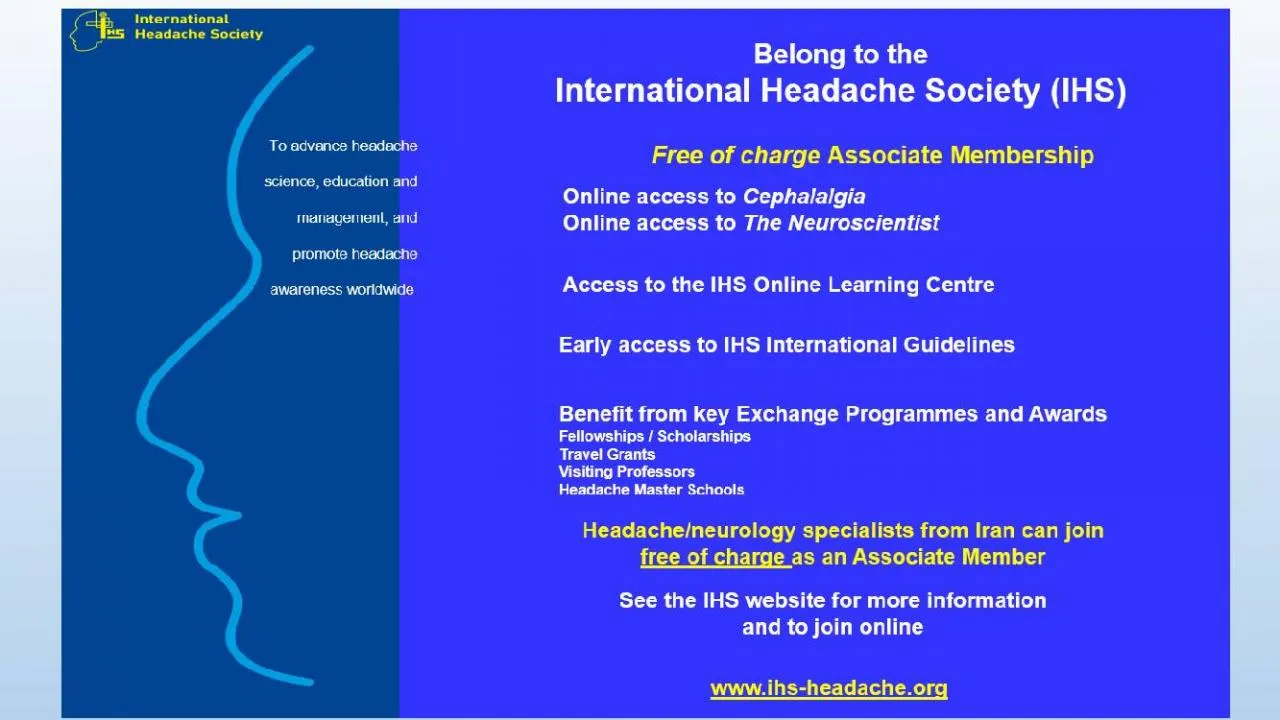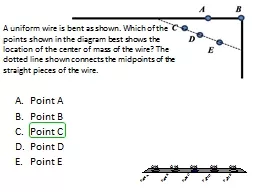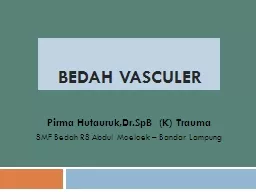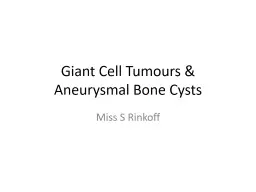PPT-Which one of the following has been shown to be an effective treatment target for Giant
Author : oneill | Published Date : 2022-02-24
Interleukin 1 Interleukin 6 Interleukin 17 Tumor Necrosis Factor α Tumor Growth Factor β 2 Which one of the following is one the key player in formation
Presentation Embed Code
Download Presentation
Download Presentation The PPT/PDF document "Which one of the following has been show..." is the property of its rightful owner. Permission is granted to download and print the materials on this website for personal, non-commercial use only, and to display it on your personal computer provided you do not modify the materials and that you retain all copyright notices contained in the materials. By downloading content from our website, you accept the terms of this agreement.
Which one of the following has been shown to be an effective treatment target for Giant: Transcript
Download Rules Of Document
"Which one of the following has been shown to be an effective treatment target for Giant"The content belongs to its owner. You may download and print it for personal use, without modification, and keep all copyright notices. By downloading, you agree to these terms.
Related Documents














